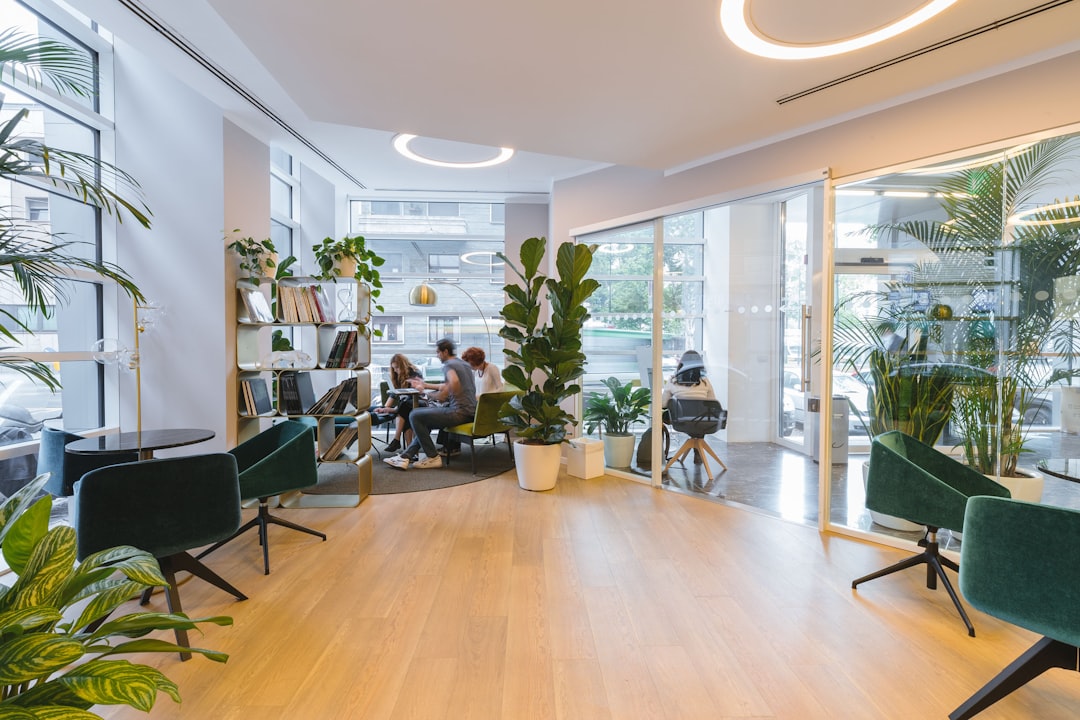
Cooling towers are a crucial component of many industrial processes, providing a means to dissipate heat generated by machinery and equipment. While they may not be the most glamorous part of a facility, cooling towers play a vital role in maintaining optimal operating temperatures and preventing overheating. In this article, we’ll delve into the various parts that make up a cooling tower, exploring their functions, importance, and how they work together to keep your industrial processes running smoothly.
1. The Cooling Tower Structure
At the heart of a cooling tower is its structure, which is typically a tall, vertical or inclined tower made of concrete, steel, or fiberglass. The structure provides the framework for the cooling tower’s various components and is designed to withstand harsh environmental conditions, such as high winds, extreme temperatures, and precipitation. The structure’s shape and size are carefully engineered to optimize airflow, heat transfer, and water circulation.
2. Fill Material
The fill material is a critical component of a cooling tower, responsible for increasing the surface area available for heat transfer between the water and air. The fill material is typically a porous material, such as plastic or ceramic, that is designed to maximize the exchange of heat and moisture between the water and air. The fill material is usually arranged in a specific pattern, such as a cross-flow or counter-flow design, to optimize heat transfer and minimize pressure drop.
3. Water Distribution System
The water distribution system is responsible for circulating water through the cooling tower, ensuring that all parts of the tower receive an adequate supply of water. The system typically consists of a series of pipes, pumps, and valves that work together to distribute water throughout the tower. The water distribution system is designed to maintain a consistent flow rate and pressure, ensuring that the cooling tower operates efficiently and effectively.
4. Airflow System
The airflow system is responsible for drawing in and circulating air through the cooling tower, providing the necessary airflow for heat transfer to occur. The airflow system typically consists of a series of fans, blowers, or natural draft towers that work together to create a consistent airflow pattern. The airflow system is designed to optimize airflow rates, pressure, and temperature to ensure efficient heat transfer and minimize energy consumption.
5. Water Spray Nozzles
Water spray nozzles are an essential component of a cooling tower, responsible for distributing water evenly throughout the tower. The nozzles are designed to create a fine mist of water that is dispersed into the airflow, increasing the surface area available for heat transfer. The nozzles are typically arranged in a specific pattern, such as a radial or axial design, to optimize water distribution and minimize pressure drop.
6. Drift Eliminators
Drift eliminators are a critical component of a cooling tower, responsible for reducing the amount of water that is lost to the atmosphere through evaporation. The eliminators are typically a series of baffles or screens that are designed to capture and redirect any water droplets that are carried away by the airflow. The eliminators are usually located at the top of the cooling tower, where the airflow is typically the strongest.
7. Cooling Tower Fans
Cooling tower fans are an essential component of a cooling tower, responsible for drawing in and circulating air through the tower. The fans are typically large, industrial-grade fans that are designed to operate in harsh environmental conditions. The fans are usually arranged in a specific pattern, such as a radial or axial design, to optimize airflow rates, pressure, and temperature.
8. Cooling Tower Maintenance
Regular maintenance is essential for ensuring that a cooling tower operates efficiently and effectively. The maintenance process typically involves inspecting and cleaning the tower’s various components, such as the fill material, water distribution system, and airflow system. The maintenance process also involves monitoring the tower’s performance, checking for any signs of wear or damage, and making any necessary repairs.
9. Cooling Tower Design Considerations
When designing a cooling tower, there are several key considerations that must be taken into account. These include the tower’s size and shape, the type and amount of fill material used, the design of the water distribution system, and the type and number of fans used. The design must also take into account the environmental conditions in which the tower will operate, such as wind direction, temperature, and precipitation.
10. Cooling Tower Applications
Cooling towers are used in a wide range of industrial applications, including power generation, chemical processing, and HVAC systems. They are particularly useful in situations where large amounts of heat must be dissipated, such as in power plants, refineries, and manufacturing facilities. Cooling towers are also used in smaller applications, such as in residential and commercial buildings, where they provide a means to dissipate heat generated by air conditioning and refrigeration systems.
In conclusion, cooling towers are a critical component of many industrial processes, providing a means to dissipate heat generated by machinery and equipment. The various parts that make up a cooling tower, including the structure, fill material, water distribution system, airflow system, water spray nozzles, drift eliminators, cooling tower fans, and maintenance, all work together to ensure efficient and effective heat transfer. By understanding the importance and function of each component, you can ensure that your cooling tower operates at optimal levels, providing a reliable and efficient means to dissipate heat and maintain optimal operating temperatures.
Leave a Reply